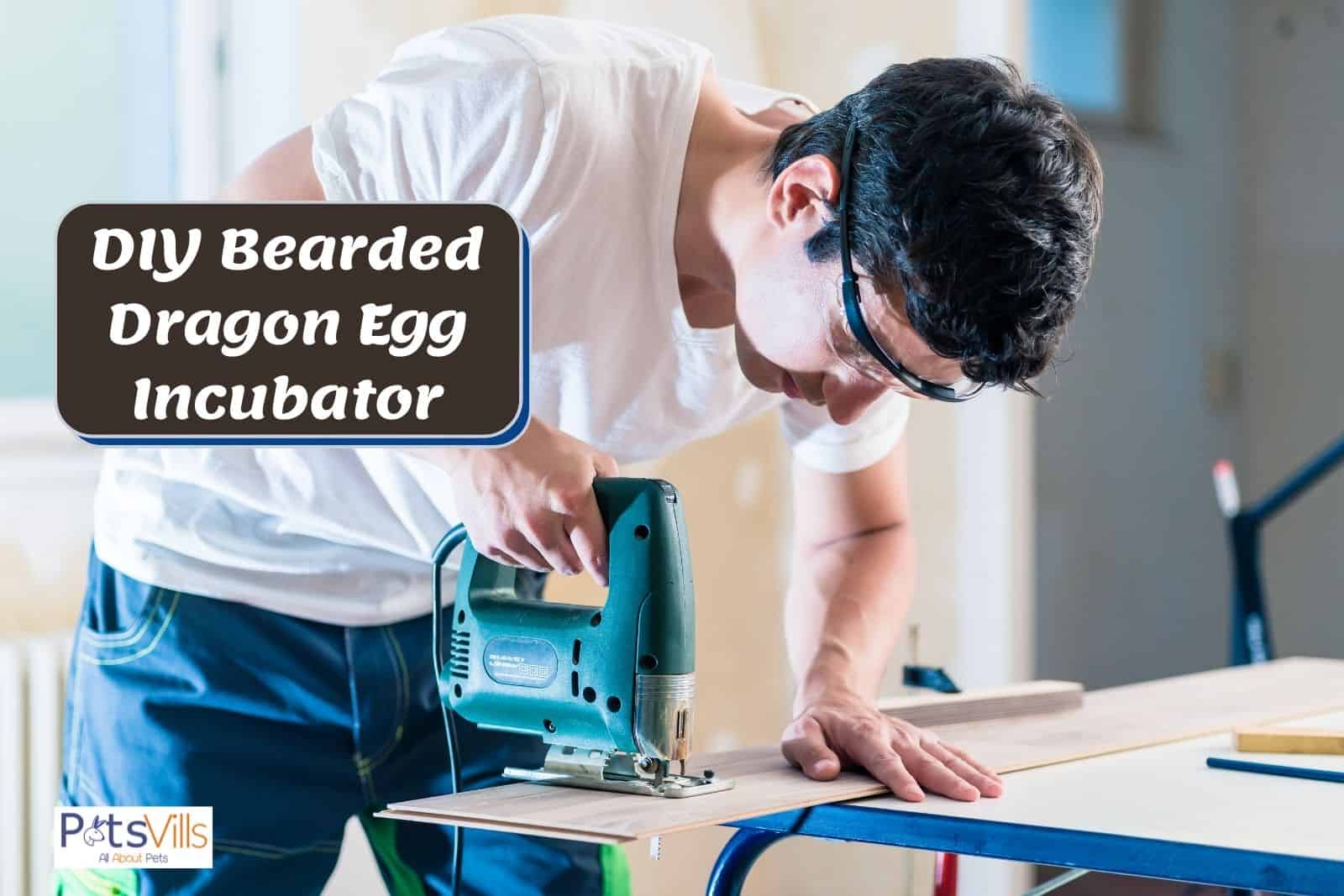Building a homemade bearded dragon incubator for eggs has been one of the aspirations of owners.
Apart from the fact that they can get brutally expensive, they’re not something you’ll use consistently, too, so they’re not worth the buck.
With years of expertise, I’ll teach you things you can’t find on other guides!
ALSO CHECK: Bearded Dragon Incubator for Sale
Table of Contents
What You Need to Build Your Own Reptile Egg Incubator
I made a mistake in my first few weeks of interest in reptiles, and that was me being unprepared. I thought I had everything I needed, and as it turns out, I wasn’t!
It was a waste of time and effort.
So, before we even talk about the step-by-step process, be sure to list all of these down so you have a checklist when you go purchase them from the nearest store:
Insulated Container
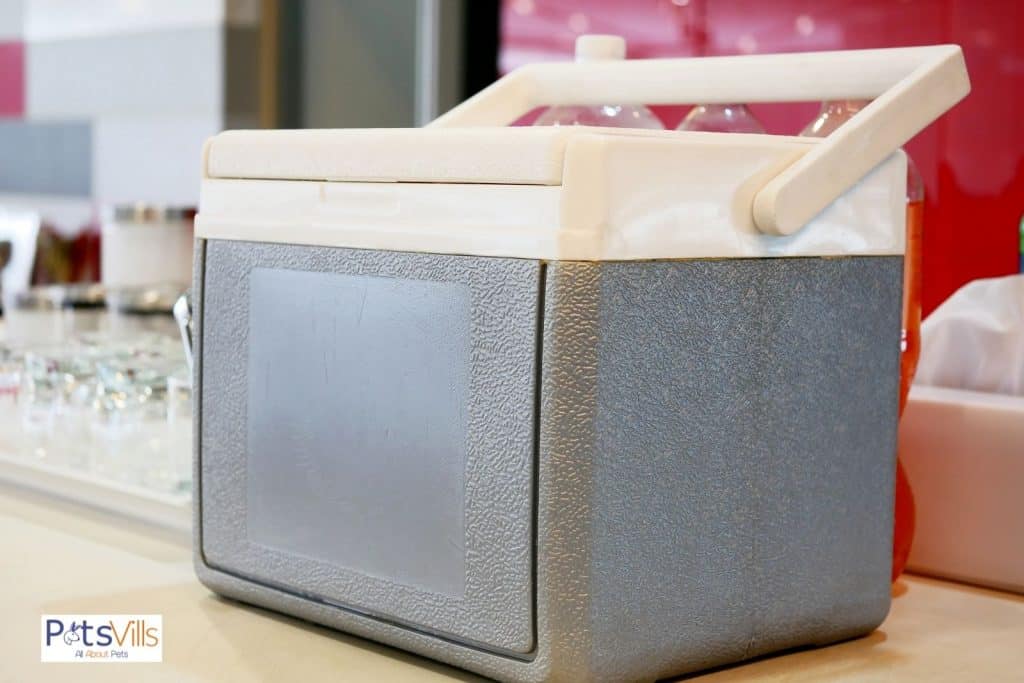
You’ll need any type of container that’s insulated or that can trap and keep the heat inside your aquarium. The best options would be an ice cooler, ice chest, or even a Styrofoam cooler.
I used our family’s ice cooler since it was the biggest and it had the best insulation feature.
Light Bulb
The bulb I’m talking about is a heat lamp or any type of bulb that can emit the necessary heat the eggs need. For the best results, I’d recommend getting a 60-watt to a 100-watt incandescent or UV bulb.
I used an 80-watt bulb and my experience couldn’t have been better. There was no need for me to check on the eggs because I knew that the incubator had a consistent temperature of 29 °C [1].
EXPERT NOTE: Avoid buying a bulb that’s over 100-watts because it can burn your bearded dragon eggs.
Reptile Thermometer
And how would you be able to monitor and check up on the incubation process without using a reptile thermometer?
This, by far, is the most important component inside your homemade incubator. Without it, you run the risk of burning the eggs of your bearded dragons.
EXPERT TIP: When positioning it inside the tank, make sure that it does not touch the base or the ground. This part tends to heat more because it absorbs heat. Place it close to the ground instead.
Wire and/or Rope or Clip
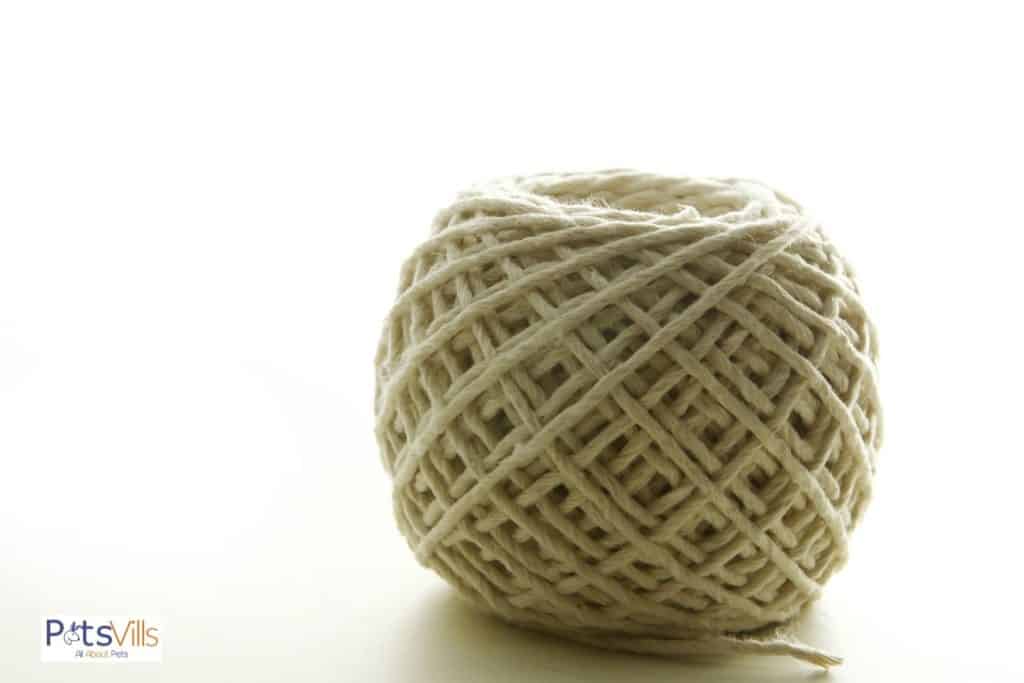
You’ll use wires and/or ropes, or any other type of instrument to hold the bulb in place, facing the incubation box.
What I did was purchase a socket and a bulb holder, which made things easier, better, and absolutely more convenient than it already was.
You can also do this, too, however, budget-wise, it will cost you more.
Adhesives
For extra support, you’ll need the help of adhesives. You can use tapes, glues, or any other type of adhesive that’s available.
Double-sided tapes work well in setting up your DIY reptile egg incubator.
Plywood (Optional)
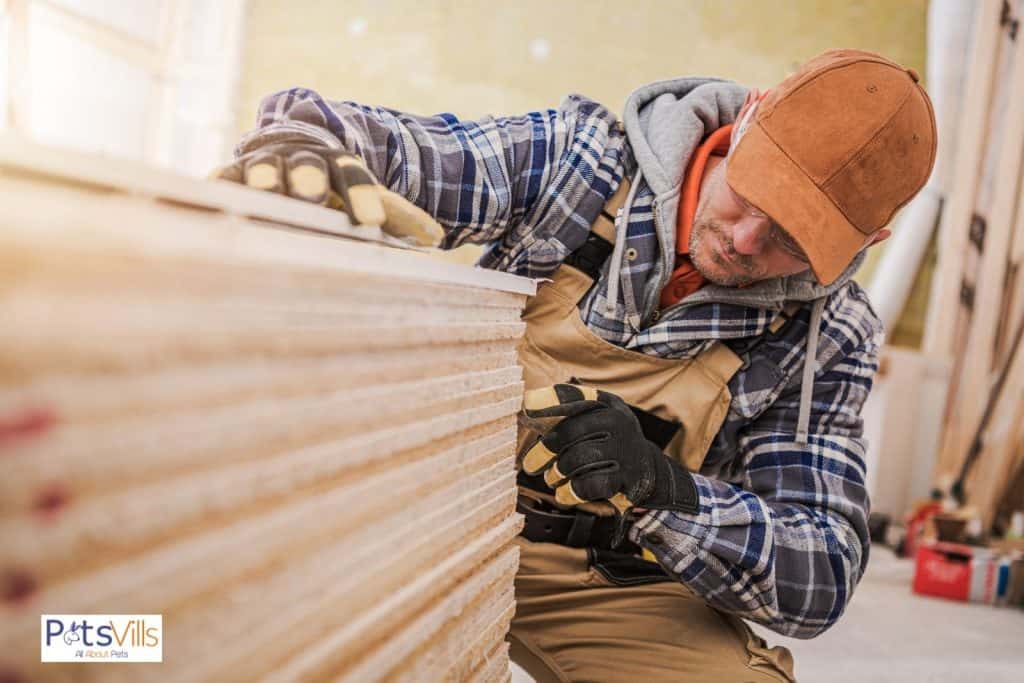
Lastly, this piece of plywood would serve as the support of your entire homemade bearded dragon incubator.
You’ll need to install and attach it to the base part of the aquarium or where it meets the insulated container. If the container is sturdy enough, you wouldn’t need this any longer.
Once you have all these items, keep them aside; you’re now ready for the next step, which is to learn how you can make your own DIY bearded dragon egg incubator.
EXPERT TIP: Double-check your list before you settle down, you might miss a thing or two (2), which will hold you back from the building process.
READ MORE: How Do Bearded Dragons Get Pregnant?
How to Make Your Homemade Bearded Dragon Incubator?
It’s actually extremely easy to pull off, I was able to do it in one (1) go! So, without further ado, here’s how you can build or make the incubator for your bearded dragon eggs!
Step 1: Set Up the Plywood at the Bottom Part of the Insulated Container
The first step is to ensure that the base of your makeshift incubator for the eggs of your bearded dragon is stable.
Nail and attach it at the bottom part, make sure that it’s sturdy and secure, you don’t want the incubator to be easily moved.
Step 2: Place the Aquarium Inside the Insulated Container
After settling that in, the next step is to place your aquarium inside the insulated container.
I’ve seen some versions of it where the container is a plain plastic container from Walmart, you can try that out, too.
EXPERT NOTE: Level it to the height of the insulated container so that no heat escapes.
Step 3: Fill it With Substrate
The next step is to fill the aquarium with the substrate of your choice. You can use perlite or vermiculite for it.
Personally, I recommend using vermiculite because it’s harmless and it can soak up three (3) to four (4) times of its volume in water, making it excellent in maintaining humidity levels.
Step 4: Drill a Hole For the Wiring
You’re halfway done! For this step, all you need to do is to produce a hole that’ll be for the wiring of your heat source.
Oftentimes, the hole should be on the side part of the insulated container. It needs to be set on the upper-middle part so that the lamp wouldn’t be stretched and forced downward.
EXPERT NOTE: Make the hole a few cm bigger so that you wouldn’t have problems attaching and reattaching it to the incubator.
Step 5: Position Your Overhead Lamp
After that, what you want to do next is to position the lamp over your makeshift incubator box. Make sure that the lamp will be able to heat the majority of the area of the incubator.
It doesn’t need to be too hot, so, don’t worry about not being able to put it close enough.
EXPERT NOTE: Ideally, the incubating temperature would be about 29 to 31 °C or about 84 to 88 °F. [2]
Step 6: Glue or Tape Your Thermometer
To end the process, inculcate your reptile thermometer in the tank. Place it at a location where it would not be influenced by the factors of ground heat –and other sorts of the like.
Glue it or tape it to the side so you have easy access to it.
That’s just about it! By setting it up with the proper temperature and environment, the hatching process will be smooth, seamless, and flawless!
Also Read: How to Incubate Bearded Dragon Eggs Without an Incubator
Is There Another Way to Make a Homemade Incubator?
Other than this, there’s also another approach you can try to imitate. This video details the process where, instead of using substrates and heating lamps, you’ll use water and a water heater.
This is to keep the moisture level of the incubator setting constant.
In case you’re still confused, here are some of the most commonly asked questions about homemade or DIY egg incubators for bearded dragons.
FAQs
How Do You Hatch a Reptile Egg Without an Incubator?
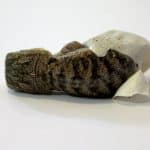
Yes. Ensure that the surface temperature is precise to avoid problems during the time of the hatch.
Can Female Bearded Dragons Lay Eggs Without a Male?
Yes, gravid females can lay eggs even without their partner beside them. As long as the mating is done, there’s a big chance that the female is fertile and lays eggs on her own.
When Will the Eggs Hatch?
The typical time period of hatching would be within 40-90 days at a constant temperature of 27 to 29 °C. It can take longer or shorter, depending on the incubator settings and environments.
Do Female Dragons Need to Be Inside of the Incubator?
No, to properly care for bearded dragon eggs, the first step is to take its parent/s out of the incubator. Female dragons would already be happy if you keep correct temperatures within the incubation box.
In Conclusion,
In case you’re planning to make or build your homemade or DIY incubator for bearded dragons, follow this guide so that you can know what to do every step of the way.
You won’t find any other guide as comprehensive as ours with the topic of making a homemade bearded dragon incubator.
References
- 1. Available from: https://espace.library.uq.edu.au/data/UQ_229678/BeardedDragon.pdf?Expires=1642539440&Key-Pair-Id=APKAJKNBJ4MJBJNC6NLQ&Signature=cOpVjrwF9ECho3TBsihpxhvkbj-uYmcxZIey6akYJR3kAOplvU3qu9llTlCN0e-emVJOabzZBJyMeEBwcDSRUY6Pss2EUMgu-Wyz7dkDGZYO0XSpw4sWx0EV~8p7tEHsy8Zv-PLOukoSTplGtihZaTFEbjlJZk-efoMy26LIBAISQv3qJ-wKiAKjZWcOUebhfJTuxC6imbsOt9Wac1zxBTVgQu6K87H0HsYLtTV6R7ZObC1tz3rLxvFeHNeOCAEJbwiwl~51nqivtLNCEnhSgWZ1qU562uXqy2rv092OWE2JTUunLmqESFUrA4srR5QXnJZXaRFN7BTTUh979tK2yA__
- 2. Boyer T. Incubation of Reptile Eggs [Internet]. Available from: https://www.pethospitalpq.com/sites/site-3953/documents/Incubation%20of%20Reptile%20Eggs.pdf
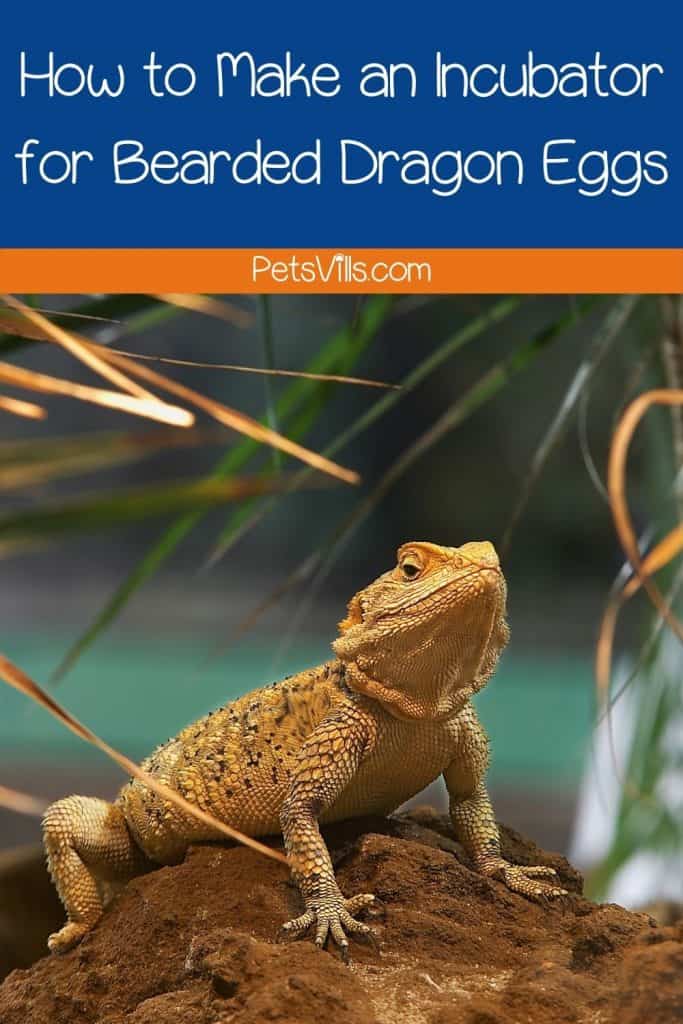
If you have more tips on how to make an incubator for bearded dragon eggs, let us know below!
Alina Hartley is a small-town girl with a ginormous love of bearded dragons. It all started with Winchester, a baby bearded who was abandoned at the shelter by his former owners because of a birth defect that caused one front leg to be shorter than the other. Alina originally went to the shelter looking for a guinea pig, but one look at Winchester and it was love at first sight. From that day on, Alina has dedicated her life to learning everything she can about bearded dragons. She loves helping new beardie parents start their incredible journey with these magnificent reptiles.
Follow her on:
LINKEDIN
TWITTER.
Read her latest articles HERE
Learn more about her HERE.

